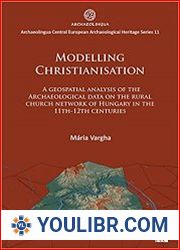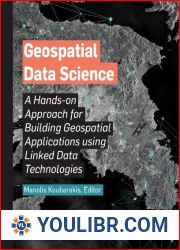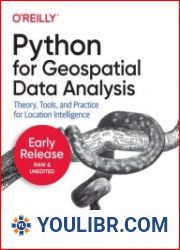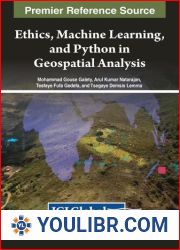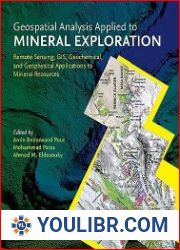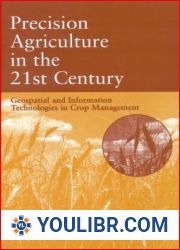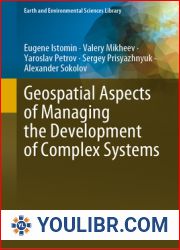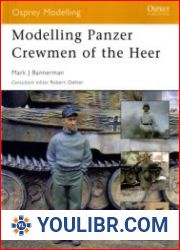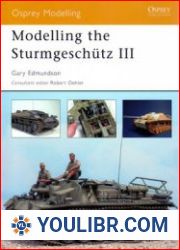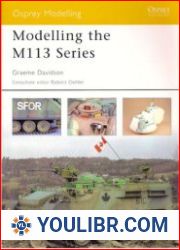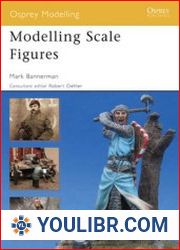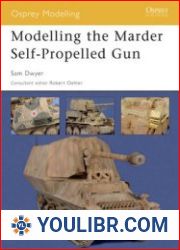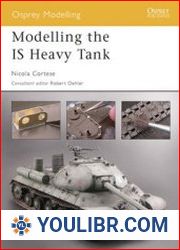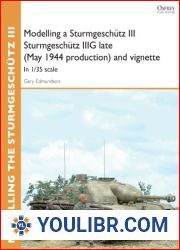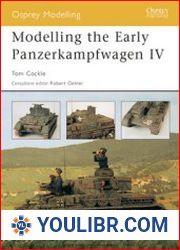
BOOKS - Modelling Christianisation: A Geospatial Analysis of the Archaeological Data ...


US $7.77

402827

402827
Modelling Christianisation: A Geospatial Analysis of the Archaeological Data on the Rural Church Network of Hungary in the 11th-12th Centuries … Central European Archaeological Heritage, 11)
Author: Maria Vargha
Year: August 18, 2022
Format: PDF
File size: PDF 195 MB
Language: English
Year: August 18, 2022
Format: PDF
File size: PDF 195 MB
Language: English
Modelling Christianisation breaks new ground by studying the underutilised archaeological material for the Christianisation of the medieval Kingdom of Hungary. Around the first Millennium, in present-day Central Europe, the political and religious landscape changed dramatically. With the Christianisation of the pagan societies on its borders, the Ottonian Holy Roman Empire significantly expanded according to the principles of the Imperium Christianum. This process - Christianisation - frequently tied to 'the making of Europe', has long generated broad interest in scholarship. Although recent attempts have shown archaeology's potential to shed light on the subject, interpretations of Christianisation and state formation are still primarily dominated by historical narratives. Instead of concentrating on the upper echelons of society, the volume draws on the archaeological record relating to the Christianisation of the commoners - rural churches and field cemeteries - and more precisely (digital) archaeological archival data. This was subjected to geospatial analysis to uncover potential networks and clusters and to provide a different narrative about the course of Christianisation. Written evidence deals typically only with the topmost layer of institutions, such as the foundation of bishoprics, archbishoprics and some monasteries. Local churches, the smallest but most numerous elements of the church system, seldom appear in written sources; thus, theories about the development of the Church as an institution have often lacked direct evidence about the local church network. The approach taken here integrates this abundant data which provides information about the largest part of the population, otherwise absent in the written sources. It allows the reconstruction of a cultural landscape and lets us see the process of (institutionalised) Christianisation as a process of adaptation. Thus, it also offers a new interpretation for modelling Christianisation in newly emergent kingdoms.







